Let’s just admit it: choosing a wine is an intimidating process. I often find myself scanning all the bottles, wishing for a serendipitous encounter, yet ending up with the same old choices: the three or four recommendations from friends and family. Or I spend two hours in the wine aisle, determined to try something new, only to be deeply disappointed.
To complicate things even further, the more I hear about wine, the more I get confused. Is a cork rather than a cap a sign of quality? It’s mostly a matter of market perception. Chilling the whites? They mostly get too cold. More expensive wines always taste better? Not so fast.
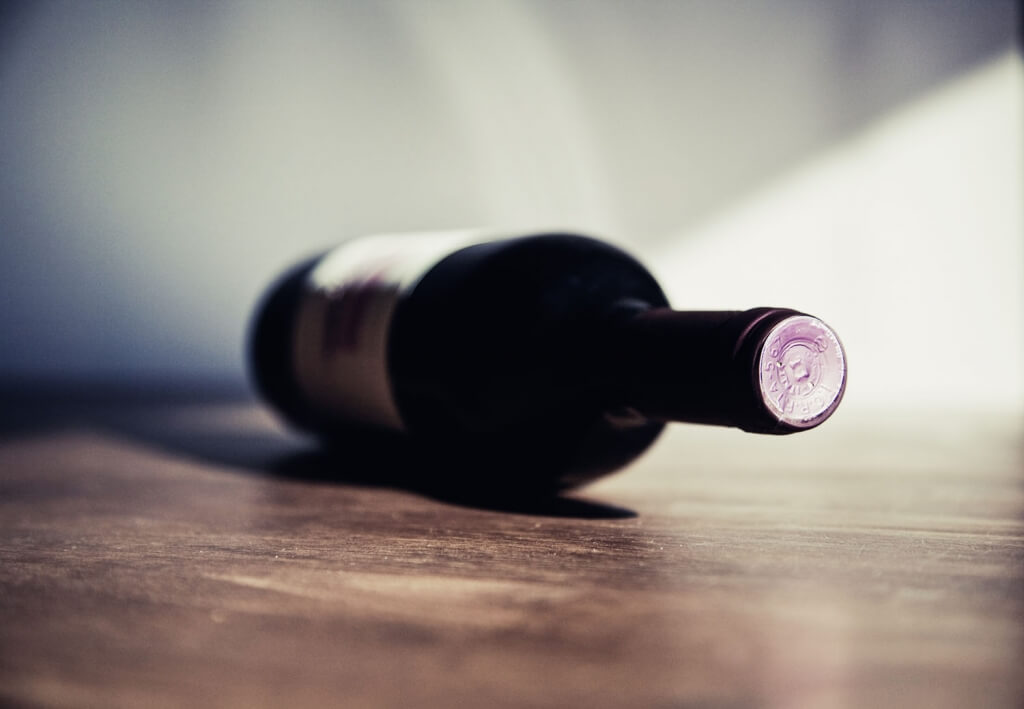
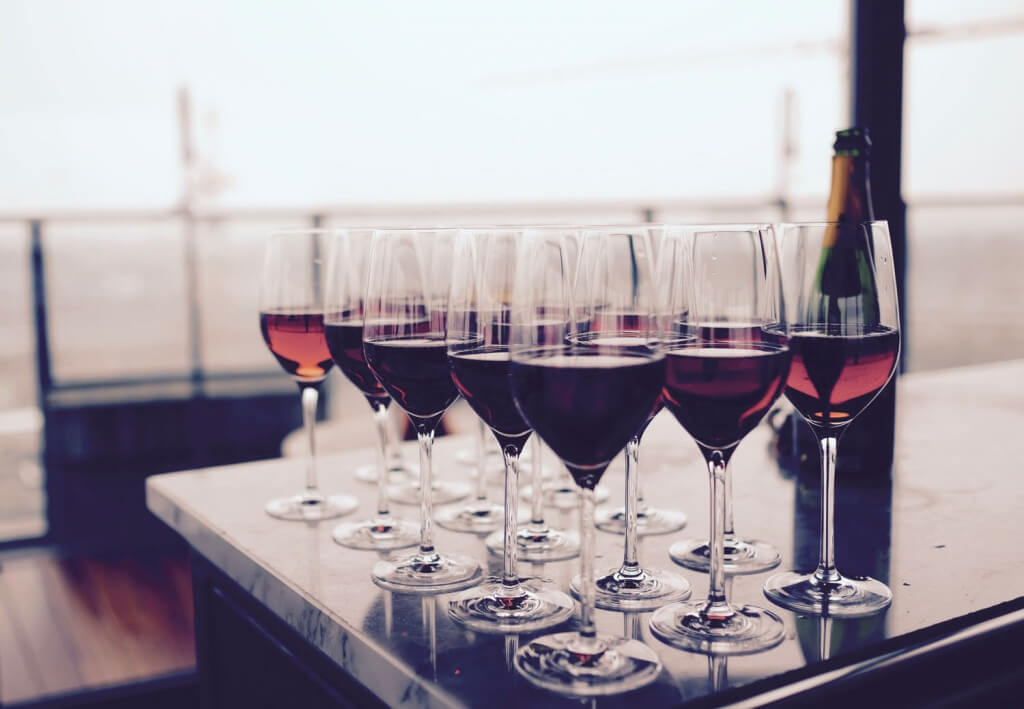
And what about the descriptions? It’s not just the vague, unrelated adjectives such as “flamboyant”, “austere” or “muscular”. Even references to tangible objects rarely help: Do you know what charcoal tastes like? I don’t.
No wonder then, that a general uneasiness in the spirits aisle. Wine snobbery aside (it’s a thing), the know-how gained in a wine-tasting class can help us make the right choice.
That’s how I found myself entering the VinoRoma Wine Studio in Rome, Italy.
Wine Tasting Dos And Don’ts
Let’s dispel a few doubts. First and foremost, the buckets are not there for cooling purposes – that’s a spit bucket (also called a “tasting bucket”) you’re looking at. Indeed, spitting is an acceptable practice at wine tastings, and so is pouring the rest of your glass in the bucket.
As a result, there’s no need to let leftover wine guilt-trip you into downing your glass. While getting tipsy can happen at a tasting, getting drunk is unequivocally bad manners. If you are not used to drinking wine or alcohol, make sure to eat something and drink lots of water before and during the tasting.
Also, to avoid interfering with everyone else’s sense of smell, wine tasting attendees should not wear perfumes, after-shave or scented cosmetics, nor smoke prior to the class.
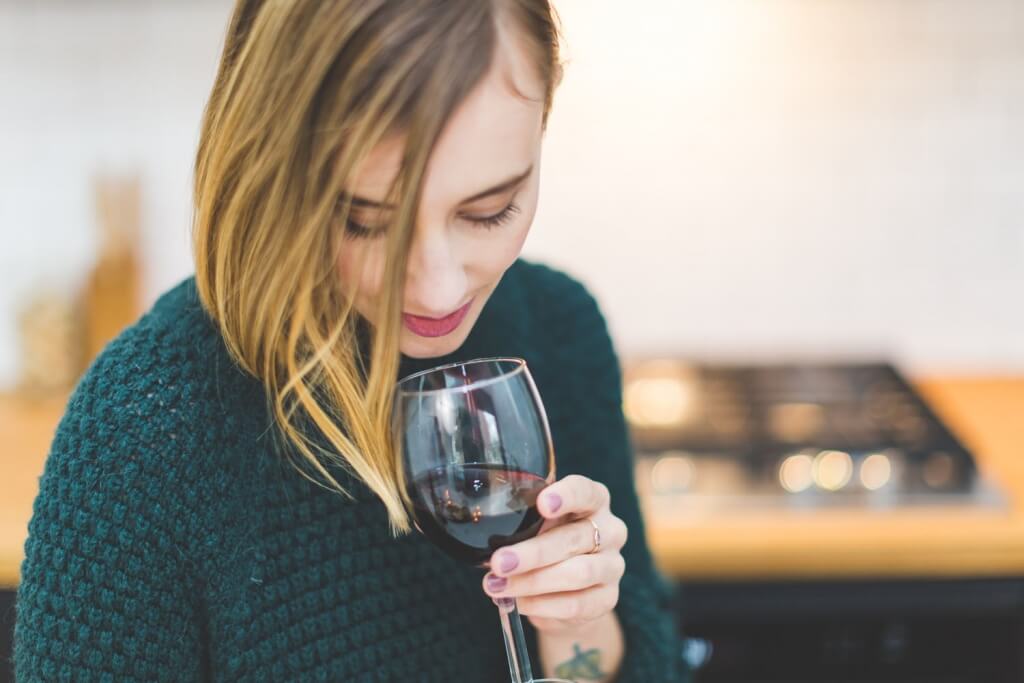
Toasting And Tasting
The course starts with a brief introduction to the wines we are about to savour, after which we begin the tasting. The moment I’ve been waiting for has finally arrived. But first, I learn that there are three things I should do after I am presented with a glass of wine and before I actually drink it:
1. Examine The Colour
What does it resemble? Try to describe the shade as precisely as possible in order to memorise it.
2. Look At The “Legs”, Or “Tears”
These are the droplets sticking to the inside of your glass after you gently swirl it. They’re an indication of the wine’s viscosity, which is directly proportional to its alcohol and sugar content. Stronger wines will usually (but not always) be more viscose, so the droplets will flow more slowly. “It’s a feeling you develop the more wines you try,” says Maurizio Di Franco, sommelier at VinoRoma.
3. Smell It
Again, try to think of precise adjectives. “Sweet” is too vague, “fruity” or “floral” is more specific.
Now it’s time to savour the wine.
4. Take A Small Sip
This step is just to prepare your palate. A tiny sip will go a long way.
5. Taste The Wine
Take a second sip and swirl it in your mouth, then slurp it to introduce some air in the retro-nasal passage and build a complete picture of its flavour (don’t be too hard on yourself: slurping requires some training). What does it taste like? Again, think of precise adjectives to memorise the flavour.
As I try the different wines, I learn to distinguish between them based on their alcohol content, acidity, tannins and many other characteristics. Equipped with this newfound knowledge, I begin finding out what I like in a wine, and therefore which wines I have a higher chance of enjoying.
The experience is greatly rewarding: Now, the absurd lingo of wine descriptions finally makes sense. As a writer, this brings peace to my heart. Or is the wine already affecting me?
Pairing: If It Grows Together, It Goes Together
“In Italy, wine goes hand-in-hand with the food,” says Di Franco. “If it grows together, it goes together.”
When it comes to Italian wines, terroir is everything. The climate and the mineral composition of the soil differ greatly from one region to another. Northern Italy has a continental climate, with less sunny days and more rain, while in Southern Italy, the abundance of sun makes the grapes sweeter, typically yielding wines with a higher alcohol content. That’s the reason why, when it comes to Italian wines (and wines from many other “Old World” winemaking countries), it doesn’t really make sense to talk about grape varieties, but rather about regions.
Beyond Italian wines, and generally speaking, colder climates tend to produce more acidic wines, which are better paired with dry foods (such as chicken breast) as they cleanse the palate, but also with fried or generally fatty foods, as the acid cuts through the fat. Less acidic wines should not be paired with acidic foods, though, or the latter will overpower the wine – be careful not to pair a low-acid wine with your tomato-based pasta sauce, for instance.
Pairing is a science in itself, but “if it grows together, it goes together” is a great rule of thumb.
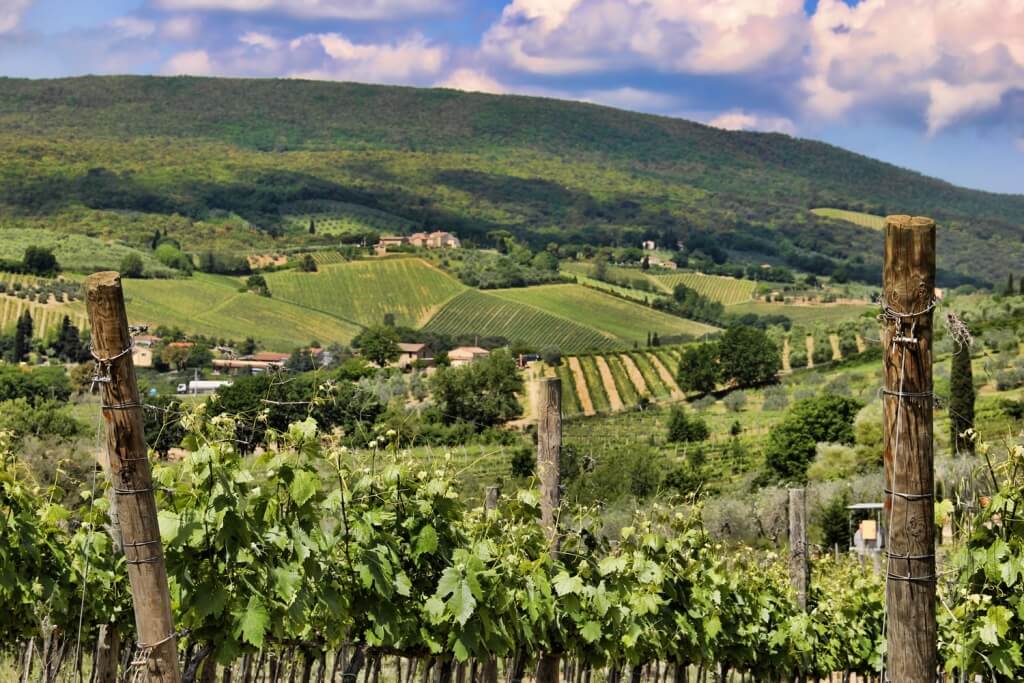
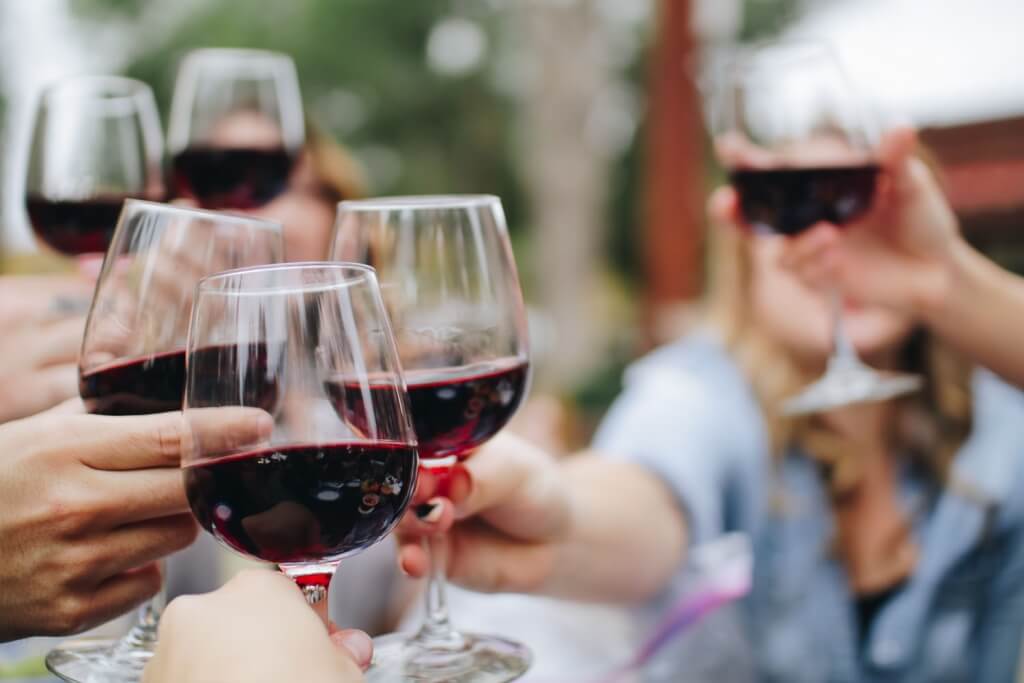
Does Expensive Equal Excellent?
Chances are, somebody recently told you there isn’t really a difference between expensive and cheap wines. This widespread belief is due to a 2008 study that caused a stir in the wine world, and has subsequently become part of pop culture.
Back then, food and wine critic Robin Goldstein involved over 500 subjects in a double-blind test to assess their ability to discern economical wines from more expensive ones. The result? Cheaper wines consistently outscored more expensive ones when evaluated by “everyday wine drinkers,” as Goldstein defined them – a rather shocking outcome.
What many articles didn’t mention, though, was that when the 12% of those 500 subjects who had some form of wine training (including participating in a single wine tasting) evaluated the wines, they assigned higher scores to more expensive wines.
As Goldstein admits in the study, the reasons behind their preferences are the true core of the matter. Moreover, prices are not all assigned equally, meaning that the correlation between price and quality is not straightforward nor completely reliable.
One thing remains true: For those of us feeling lost in the wine aisle, a wine-tasting class can equip us with the right tools to understand what we like, and to choose accordingly – price aside. This is the point where I personally draw the line, and rejoice in a good glass of wine.
Special thanks to founder Hande Leimer and sommelier Maurizio Di Franco of VinoRoma.

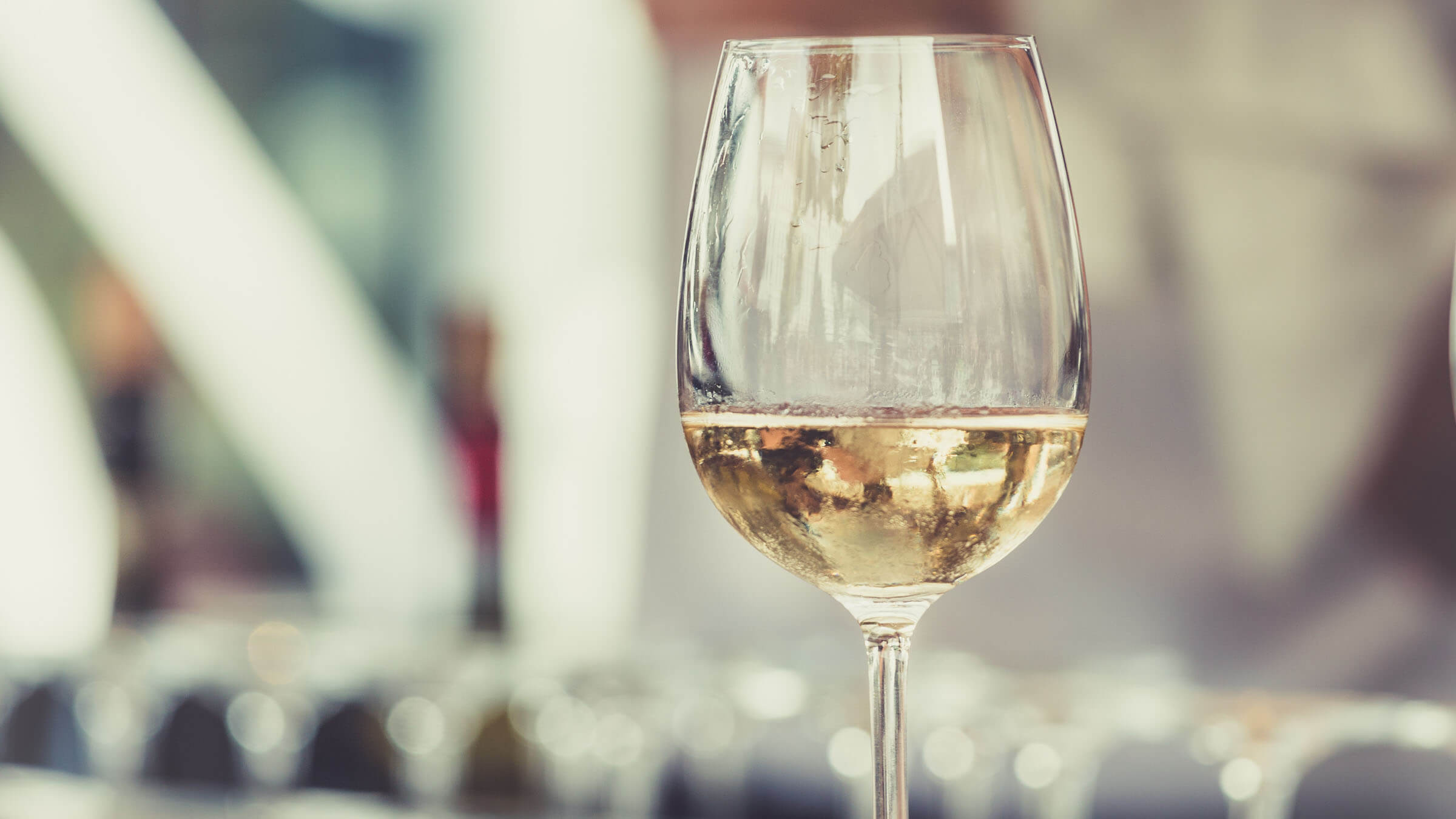
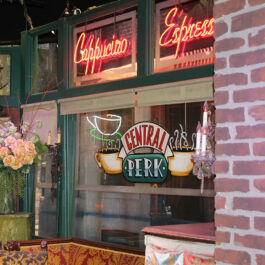











Sorry, the comment form is closed at this time.